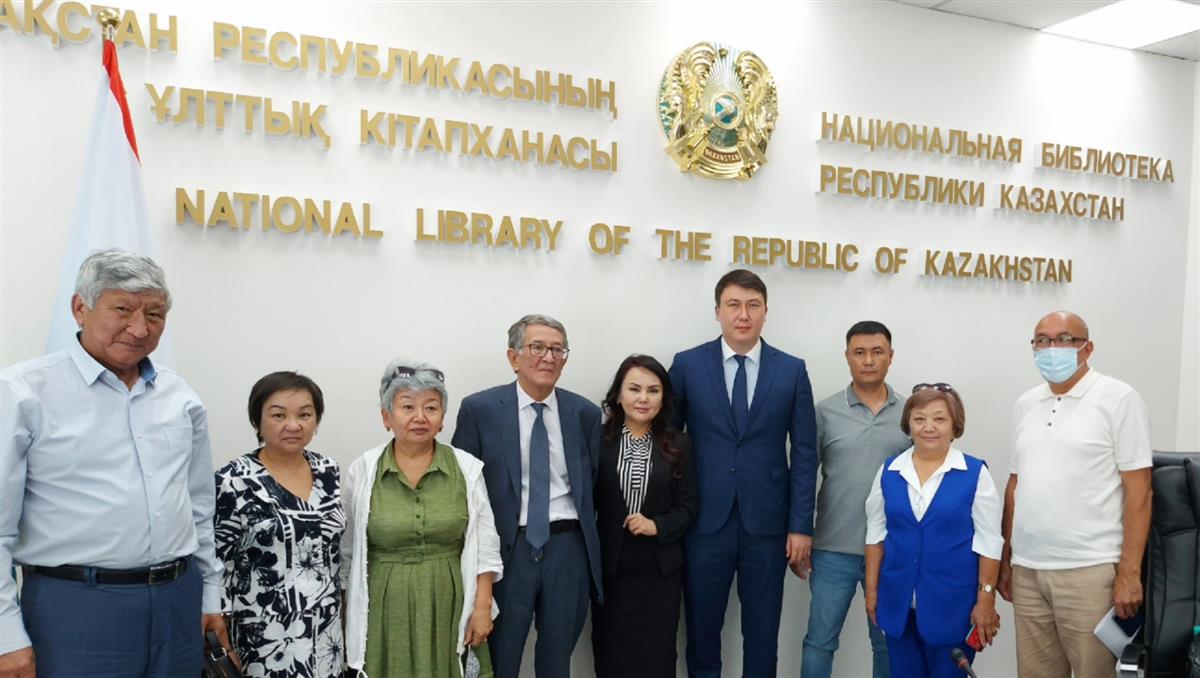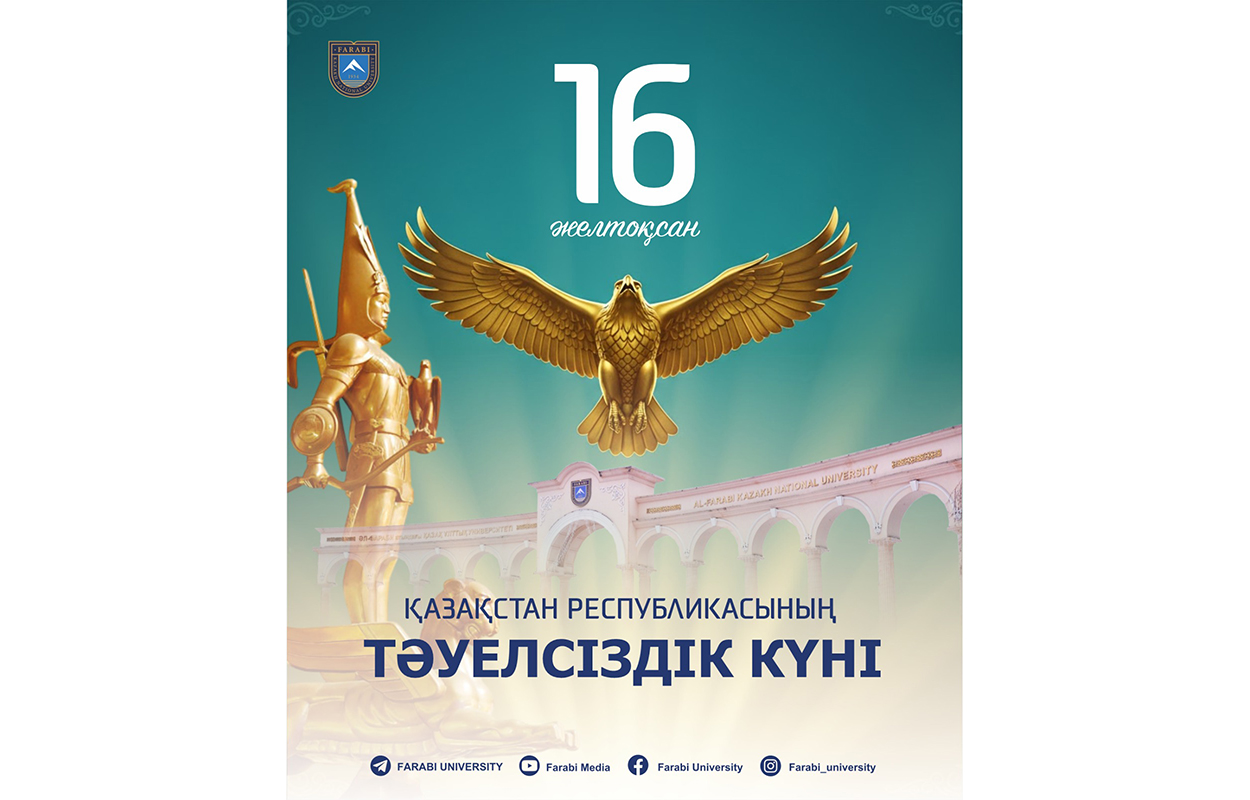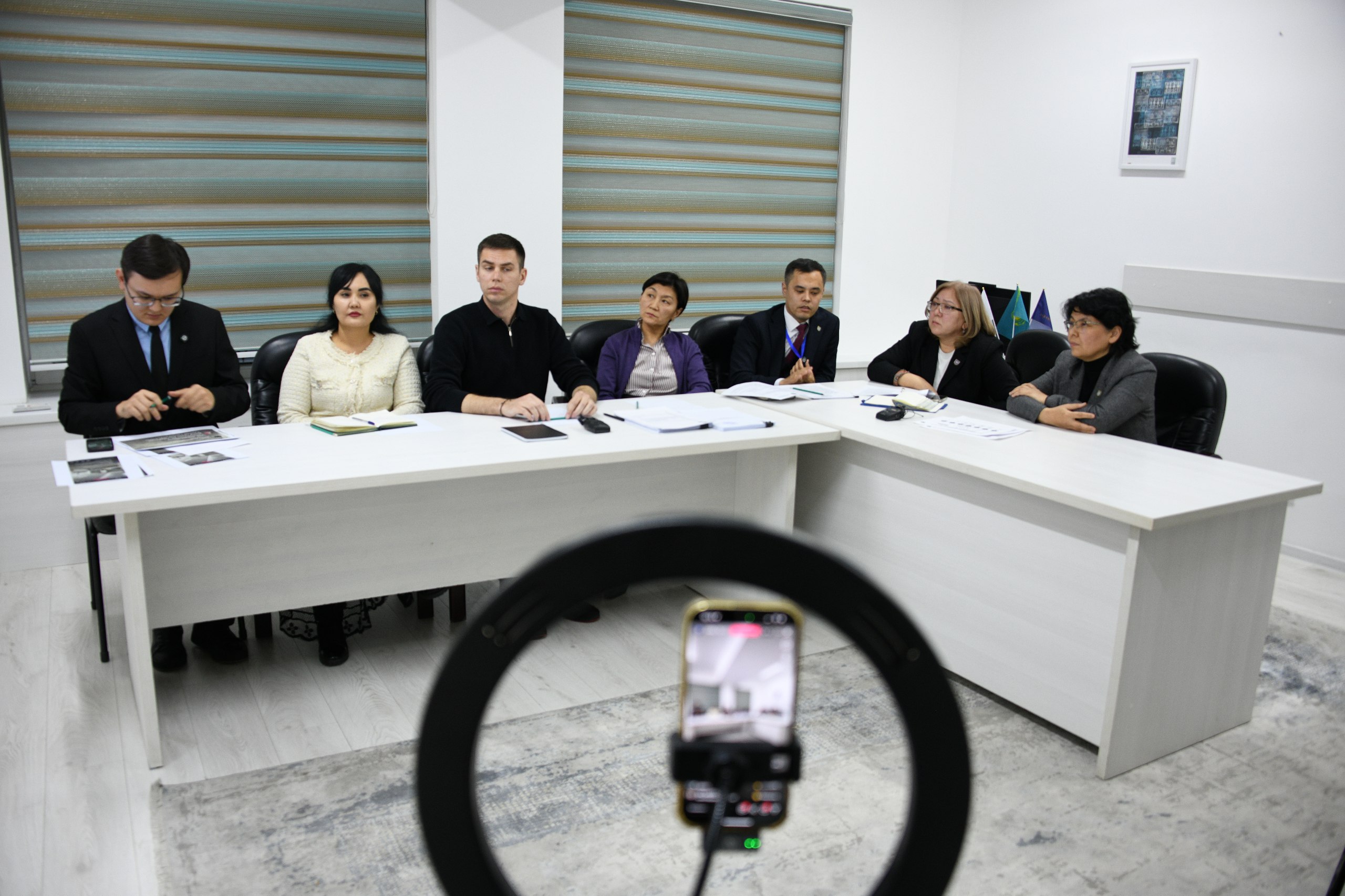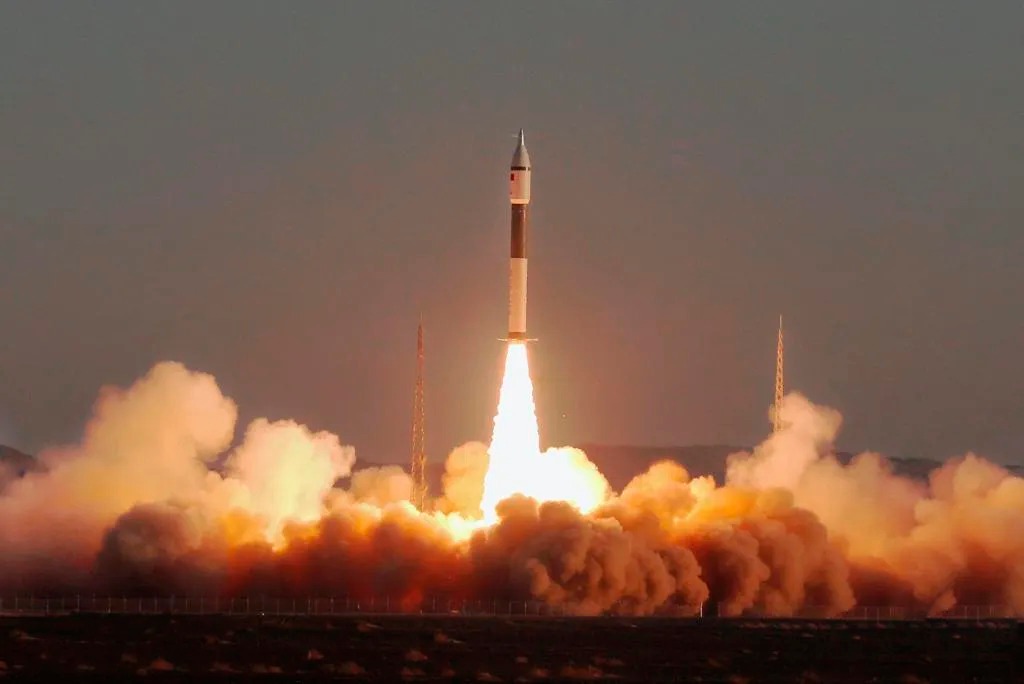NEW NAMES OF REPRESSION VICTIMS ANNOUNCED

The issues of political and legal rehabilitation of victims of political repression who were shot without trial during the suppression of 372 uprisings on the territory of Kazakhstan at the beginning of the 20th century, as well as those subjected to repression by extrajudicial and judicial authorities for participating and supporting these uprisings is a historical necessity. The issues of rehabilitation of peoples deported to Kazakhstan and special settlers, representatives of other peoples and clergy remain important. In general, the entire flower of the Kazakh intelligentsia, including the leaders of "Alash-Orda", fell under the millstones of political repression.
In accordance with the Decree of the President of the Republic of Kazakhstan K. Tokayev dated November 24, 2020 No. 456 "On the State Commission for the Full Rehabilitation of Victims of Political Repressions", chaired by the State Secretary of the Republic of Kazakhstan K. Kusherbayev, the State Commission for the Full Rehabilitation of Victims of Political repression, which includes prominent scientists Al-Farabi KazNU. During September-October, with the support of the Akimat of the city of Almaty and the Project Office to support the activities of the State Commission for the complete rehabilitation of victims of political repression, cluster seminars were held to exchange information and experience in collecting materials within the framework of the tasks. The leaders of the working groups presented information to a wide audience about the collected archival documents, shedding light on the events of that period, new names of victims of political repression were announced, who have not yet been rehabilitated.
Sholpan Zabikh, Doctor of Law, presenting the interim work of the Working Group No. 1 on the victims of political repression, shot without trial or investigation during the suppression of 372 uprisings, as well as subjected to repression by extrajudicial and judicial bodies for participating and supporting these uprisings, noted that these anti-Soviet the uprisings were of a national liberation nature. They were directed against the violent policy of collectivization of the population of the Kazakh region and the seizure of their property, and most importantly fertile land in favor of the state, which led to the famine in 1930-1932, which claimed millions of lives. Collectivization in Kazakhstan was supposed to be completed in the spring of 1932 (with the exception of nomadic and semi-nomadic regions). If in 1928 2% of all farms were collectivized in Kazakhstan, then by the beginning of autumn 1931 there were 78 districts (out of 122) in the republic, where from 70 to 100% of households were covered by collectivization.
According to Zabikh Sh.A., on the territory of the Almaty region (at that time, the Almaty district) in the Karatal region in the spring of 1930, a popular uprising broke out against the violent policy of collectivization. In the course of a painstaking and thorough study of archival investigation files, a number of participants in the uprising in Almaty were identified, who have not been rehabilitated to date, including: Imangaliev Maksut, born in 1896; Makhametchinov Seitjapar, born in 1886; Bakeev Boza (year of birth is not specified); Torgautov Uvatkan, born in 1900, Boltaev Akhmetzhan, born in 1882, Boltaev Mukush, born in 1844, Baimagambetov Abdulda (Abdilda), born in 1886, Kosmagambetov Baigandy, born in 1904, Masakbaev Kdyrbai, born in 1894, Sadikh (Sadikh) , Born in 1893.
Many of the participants in the uprising were sentenced to various terms of imprisonment, sent to forced labor camps and sentenced to capital punishment - execution. Some of the participants in the uprisings had to flee abroad - to China, Mongolia, Afghanistan, Iran, Turkey. Further work is to be done to identify new personalities, whose names are still gathering dust in the archives.
Kairzhan TUREZHANOV


